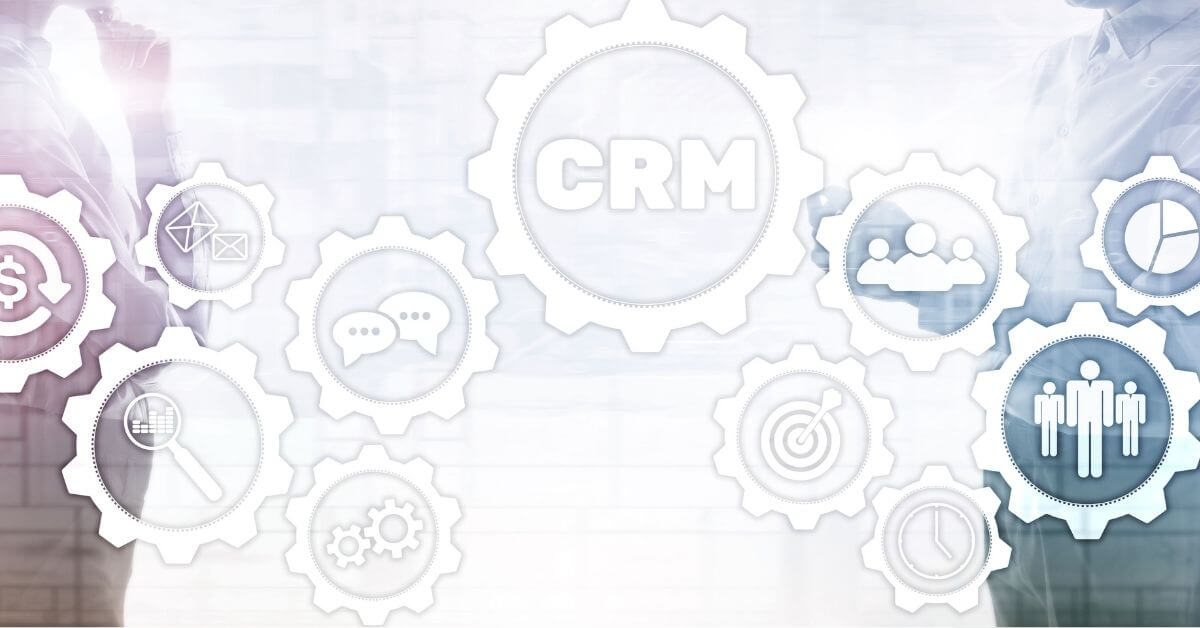When shopping for a new car, the allure of a comfortable monthly car payments can often overshadow the total cost of financing. Car salesmen, adept at navigating the emotional highs and lows of the purchasing process, frequently steer the conversation towards what seems manageable on a monthly basis. This approach, while seemingly customer-centric, can mask the reality of interest rates and the total amount paid over the life of a loan. Unwittingly, buyers may end up paying a premium for their new vehicle, far exceeding its sticker price.
The Interest Trap
Consider the scenario where you’re considering a $25,000 car. The salesman, sensing your hesitation, pitches a financing option that sounds perfect: “How does $350 a month sound?” It sounds manageable, right? But here’s the catch: this payment plan stretches over 7 years (84 months) with an interest rate of 5%. At face value, the monthly payment seems affordable, but the long-term perspective tells a different story.
- Principal Amount: $25,000
- Monthly Payment: $350
- Loan Term: 7 years (84 months)
- Interest Rate: 5%
Using a simple interest calculation, the total interest paid over the life of the loan amounts to approximately $4,200. This elevates the total cost of the car to $29,200. The focus on monthly payments obscures the significant amount of interest accrued, making the car substantially more expensive than anticipated.
A More Stark Example
Let’s amplify the example to $35,000 (same car with all the bells and whistles) with terms that seem just as appealing on the surface: $450 a month for 8 years (96 months) at an interest rate of 6%. The numbers break down as follows:
- Principal Amount: $35,000
- Monthly Payment: $450
- Loan Term: 8 years (96 months)
- Interest Rate: 6%
In this scenario, the total interest paid swells to roughly $9,680, pushing the actual cost of the car to nearly $44,680. The longer term and higher interest rate significantly inflate the cost, illustrating how a “comfortable” monthly payment can lead to an uncomfortable amount of interest paid.
The Total Cost of Ownership
It’s crucial to consider not only the interest but also the total cost of ownership, which includes insurance, maintenance, fuel, registration, and depreciation. A car’s value depreciates the moment it leaves the dealership, and new cars lose their value at a much faster rate than used cars. This depreciation, coupled with the interest paid on the loan, can significantly impact the overall financial wisdom of purchasing a new car.
Cost-Effective and Creative Alternatives
Given these considerations, it’s worth exploring cost-effective or creative alternatives to buying a new car with financing:
- Buying Used: Opting for a pre-owned vehicle can save you a substantial amount in depreciation and insurance costs. Many used cars still offer reliability and modern features at a fraction of the cost of a new model.
- Paying Cash: If possible, paying cash for a car eliminates any interest payments, saving thousands of dollars over time. It also provides negotiating leverage at the dealership.
- Shorter Loan Terms: If financing is necessary, opting for a shorter loan term can reduce the total interest paid. Though monthly payments will be higher, the overall financial impact is less severe.
- Credit Union Financing: Often, credit unions offer lower interest rates on car loans than dealerships. Securing financing through a credit union before heading to the dealership can result in better terms.
- Car Subscription Services: Some manufacturers and third-party companies offer subscription services where you pay a monthly fee for access to a vehicle, including insurance and maintenance. This can be a flexible and financially sensible option for some drivers.
- Leasing: Though not for everyone, leasing a car can offer lower monthly payments and the option to drive a new car every few years. However, it’s important to understand the terms and potential mileage limitations.
Takeaway
In conclusion, while the monthly payment is an important consideration when purchasing a new car, it should not be the sole focus. The interest rate, loan term, and total cost of ownership play pivotal roles in the financial impact of your decision. By exploring alternatives and understanding the long-term implications of financing, you can make a more informed choice that aligns with your financial goals and lifestyle needs.






